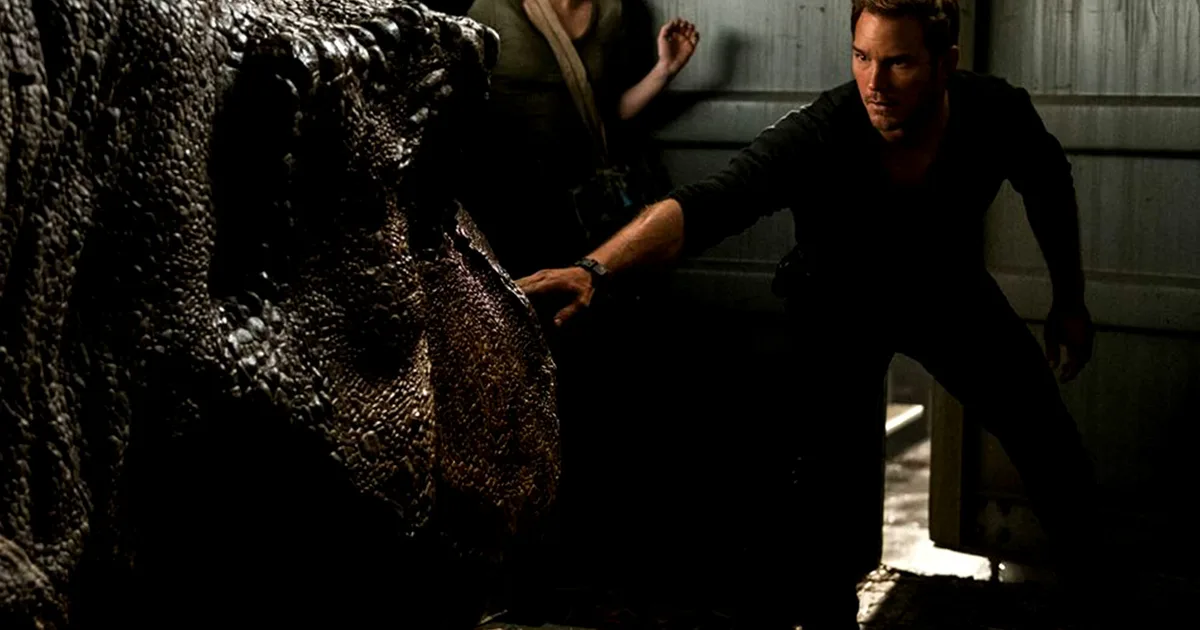
Something has gone very wrong in the lab. Twenty-five years ago, Steven Spielberg birthed the modern blockbuster as we know it with his awe-inspiring adaptation of Michael Crichton’s classic science fiction novel. A couple of largely forgettable sequels followed. Then, three years ago, Colin Trevorrow’s Jurassic World attempted to classify the franchise de-extinct by reframing the ethical and moral questions contained within the original story for our troubled modern times.
Specifically it asked not whether humanity’s impulse to exercise autonomy over all life on earth – both present and past – is inherently destructive, but whether we have now reached the point of no return regarding the long-term preservation of the planet. Of course, a lot has changed since 2015. But then again, many would argue that the world remains fundamentally the same, and as such it is fitting that, more than anything else, JA Bayona’s Jurassic World: Fallen Kingdom feels like an exercise in accelerated stasis. Or, to put it in basic genetic terms, the midpoint of the second trilogy in this phenomenally popular series represents not an essential or radical mutation but the proliferation of a recessive gene. It’s a case of failure by design, of ideas being fast-tracked through before they’ve had time to gestate, a series of fatal miscalculations in the DNA sequencing.
Get more Little White Lies
Initially the film promises something toothier, meaner, more impressive. Yet the failure of screenwriters Trevorrow and Derek Connolly to heed the cautionary refrain that reverberates throughout this and every other Jurassic Park film quickly becomes apparent. Ironically enough, it is the inability to learn from past mistakes that dooms Fallen Kingdom from the start. For instance, dear old Rexy is no longer the top carnivore on campus – but neither is Blue, the hyper-intelligent Velociraptor created by InGen and trained by Chris Pratt’s behavioural research guru, Owen Grady, and nor is the fearsome Indominus rex introduced last time around. Yes, this film boasts an all-new alpha attraction, one even stranger and sillier than its predecessors.
Another issue is the setting. In an explosive early set-piece, a long-dormant volcano splurts violently back into life. As Isla Nublar erupts, giants turn to dust, and the essence of Crichton/Spielberg/John Hammond’s spectacular vision is snuffed out – engulfed by a rising molten tide. The point here is that switching focus away from the park effectively negates the franchise’s richest and most dynamic character: the island itself. The gyrospheres that featured so prominently in Jurassic World may have seemed little more than a novel update on the Jeeps from the first film, but crucially they enabled us to further explore this complex environment in all its delicately-balanced, terrifying glory. As ever, life finds a way, yet it’s hard to shake the sense that while the movies keep getting bigger, the dream keeps getting smaller.
